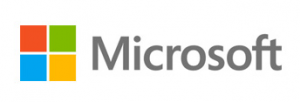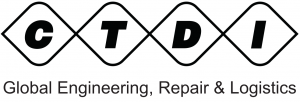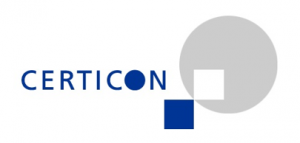The key to navigating the uncertainties of the future Czech crown exchange rate? Clear pricing strategies and process automation
23.03.2017Company: Amcham
All eyes in the Czech Republic are pointed these days on the Czech National Bank, which, as numerous experts agree, should any day now announce the end of the currency intervention that it launched in November 2013. What will this move mean for the Czech currency and for the local companies making their profits in dollars and euro? What’s the most realistic scenario following the end of the intervention and what are the best measures to hedge a company against the nefarious impact of possible abrupt currency value variations?
As a financial managed who lived through the golden, yet turbulent years 2005-2008, when the Czech crown went from 29.7 CZK / EUR and 23.9 CZK / USD on average in 2005 to values as strong as 24.9 CZK / EUR and 17.03 CZK / USD on average in 2008, culminating with records as high as 23.5 CZK / EUR in July 2008, I am contemplating the next CNB moves with intense curiosity. On the one hand, the Czech economy is extremely open and heavily reliant on exports – according to statistics, almost 80% of the Czech GDP is made of exports. On the other hand, the Czech Republic repeatedly reinforced its attachment to the local currency and its reluctance to initiate the euro adoption processes. This leaves local exporters in a sort of a limbo made of mixed expectations, speculative tendencies and heavy dependence on the CNB market stabilization measures. What can exporters then genuinely do in order to mitigate the potential risks arising with the end of the CNB intervention?
1. Plan your finances well
Currently there are numerous financial tools on the market allowing companies to plan and to mitigate risks. Such tools rank from natural hedging strategies to special instruments offered by banks like forward deal, coverage of local costs for a limited period of time – one or two years at best. As an exporter, you need to be ready for more turbulence ahead. You need to understand the value, specifics and costs of currency hedging mechanisms. You need to have your top management, investors and other stakeholders on board, so they can approve such financial strategies well before the moment a potential abrupt currency strengthening might hit the market. You simply need to be ready to live in a more financially uncertain world – and look for tools to reduce that uncertainty as much as possible for your own company.
2. Review your pricing policies
Customers should never be the victims of external factors operating and influencing your market. In Foxconn Global Services Division (FGSD), we deal with large global customers in technology aftersales services. Their needs are clear and their trust in us must be cultivated by long-term transparency and reliability. However, a company needs to take the external environment uncertainties into account when reviewing its mid and long-term pricing policies. If you’re setting up your strategy for 2020 and beyond, make sure you take the risks and uncertainties of currency developments into account when setting up your pricing and margin strategies.
3. Innovate, innovate, innovate
Last but not least, companies need to cast a fresh eye on their processes and accept that the time of accelerated growth driven by cheap access to resources in the Czech Republic is over. To be competitive companies need to learn how to simplify and slim down their processes, and how to bring innovation into place, creating thus more added-value for customers while retaining competitive prices. Without innovation and a will to invest long-term there is no possibility of success. Clients will turn soon to other companies who are able to prove that they are competitive and predictable long-term. In an already boiling cocktail of rising labor costs, technology fast developments and need for speed, the CNB next step and the future development of the Czech currency exchange rate will only add one more impulse to push companies into the next stage of their existence. Hopefully, and with the right financial planning, this next stage will be long, sustainable and beneficial for all company stakeholders.
Tags: Finance | Business Development |






